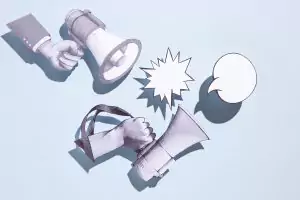By Bhalachandra Sahaj
JOIN OUR LEARNING HUB
✅ AI Essay Writer ✅ AI Detector ✅ Plagchecker ✅ Paraphraser
✅ Summarizer ✅ Citation Generator
Hi everyone.
Today, it’s time for a quick guide on adverbs; although they are not so difficult to understand, there are still some tricky things you might want to pay attention to.
Adverbs are used to describe verbs, adjectives, and even other adverbs. For example:
verb + adverb
You need to look carefully, and you will find your glasses easily.
adjective + adverb
This story already sounds good enough—you don’t need to modify it.
adverb + adverb
The novel she wrote is incredibly profound.
Adverbs usually answer the three “W” questions: who? where? and when? Using an adverb will help you express the degree to which something takes place. The “how” questions (how long, how far, how difficult, etc.) are also related to adverbs.
Adverbs are easy to form; basically, all you need is to add the ending -ly to an adjective. If an adjective ends with the letter y, it is usually substituted with i, for example:
easy – easily
noisy – noisily
However, there are plenty of adverbs that are not formed this way.
The main function of adverbs is to describe and/or modify the word they are attached to; without adverbs, speech would be dry and would lack tone.
Here are some of the most common adverbs that are not formed from adjectives: much, ago, together, of course, sometimes, never, again, always, just, even, very, close, forward, thus, soon, quite, perhaps, up, then, also, well, back, still, about, off, yet.
Follow us on Reddit for more insights and updates.
More from Educational Trends, News and Tips





Comments (0)
Welcome to A*Help comments!
We’re all about debate and discussion at A*Help.
We value the diverse opinions of users, so you may find points of view that you don’t agree with. And that’s cool. However, there are certain things we’re not OK with: attempts to manipulate our data in any way, for example, or the posting of discriminative, offensive, hateful, or disparaging material.